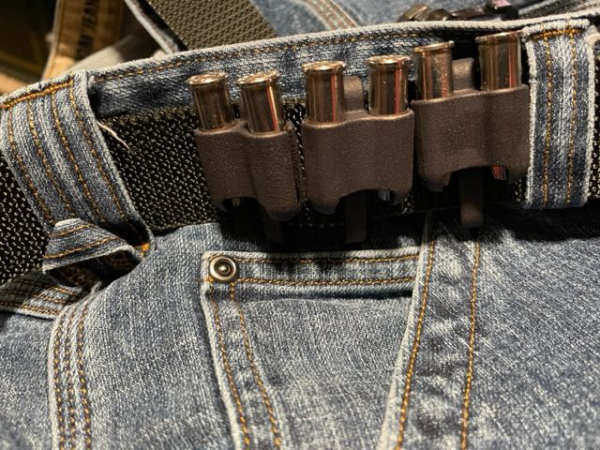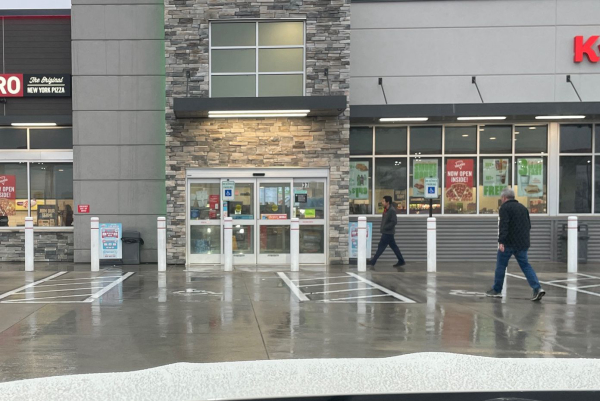The smart money bets on attending to systems and worrying less about goals. This idea was absolutely stolen from a famous cartoonist-turned-pundit, without feelings of guilt. (If you take advice from a cartoonist, the source said, you deserve the results.) His idea is that goals can be self-limiting and can prevent you from seeing opportunity when it arises. There’s truth in this, but it’s something of interest to those who are in the self-protection space.
A mundane example came about on a recent road trip. In the early morning darkness, I prepared to leave the premises to go ahead on a business trip while my bride slept. Simply putting my gear on my belt as I threaded it through belt loops became a matter of seeing shapes and feeling what was which.

“First off, last on.” A simple thing, stringing a flashlight pouch, key strap and other stuff on the belt was just a matter of the ‘first thing off the belt’ from yesterday’s apparel and putting it on last. That way, my hand just goes to the item without reflection with the consistency of wearing the gear every day.
Without being able to see anything clearly.
How does that relate to safety? It’s like a flight crew checklist, a smart idea, to avoid missing potentially critical anomalies. The checklist ensures we check the same critical items in the same order over and over. It’s something you do until you can’t get it wrong.
Operationally, it’s little different.

Pulling into a pit stop, whether or not I’m getting fuel, I pull in nose-first to a gas pump facing the business, a thing I learned from Craig Douglas. This gives me the chance to visually frisk the premises, looking for anything that’s out of place.
If I see what appears to be a problem, from a disturbance to a robbery, I can simply drive away.
Some other place, some other time.
Where do you sit in the restaurant? It’s not simply a matter of “can you see the main entry door;” it’s more “will you be looking?” Do you have close access to an emergency exit? Being able to quickly leave the place in the event of trouble could be a good plan.
Having a system, a formatted response sequence, frees up brain space for other issues — decision making based on environment variables like cover or concealment, other persons in the area who could be put at risk, making force selections, escape and evasion, having the tools where you need them to be deployed if needed, as needed – all this goes a long way toward success in the encounter.
Have a plan.
Wouldn’t it be nice if we didn’t have to worry about potential issues - from medical emergencies, to domestic disturbances, to workplace violence? That’s what the animal at the watering hole in the early evening is thinking.
He’s still classified as “food.” Things haven’t changed from that scenario no matter where you are on the food chain.
— Rich Grassi
